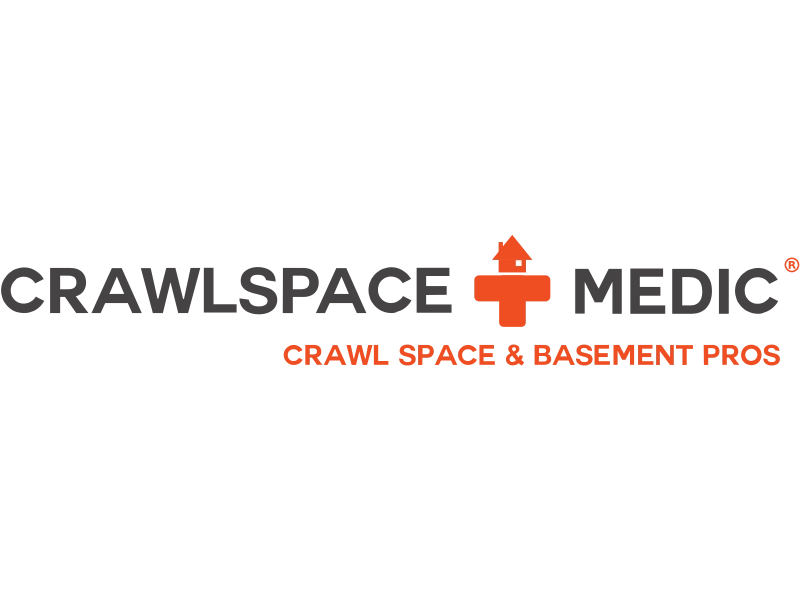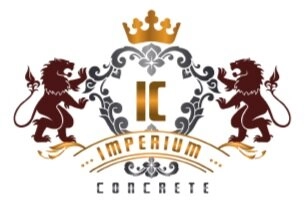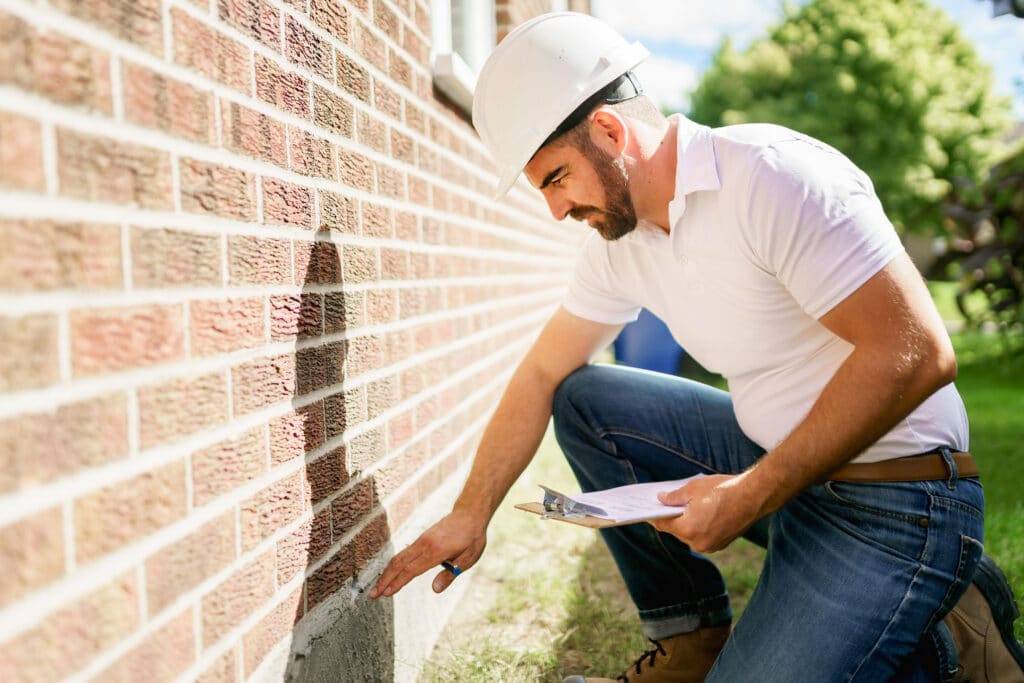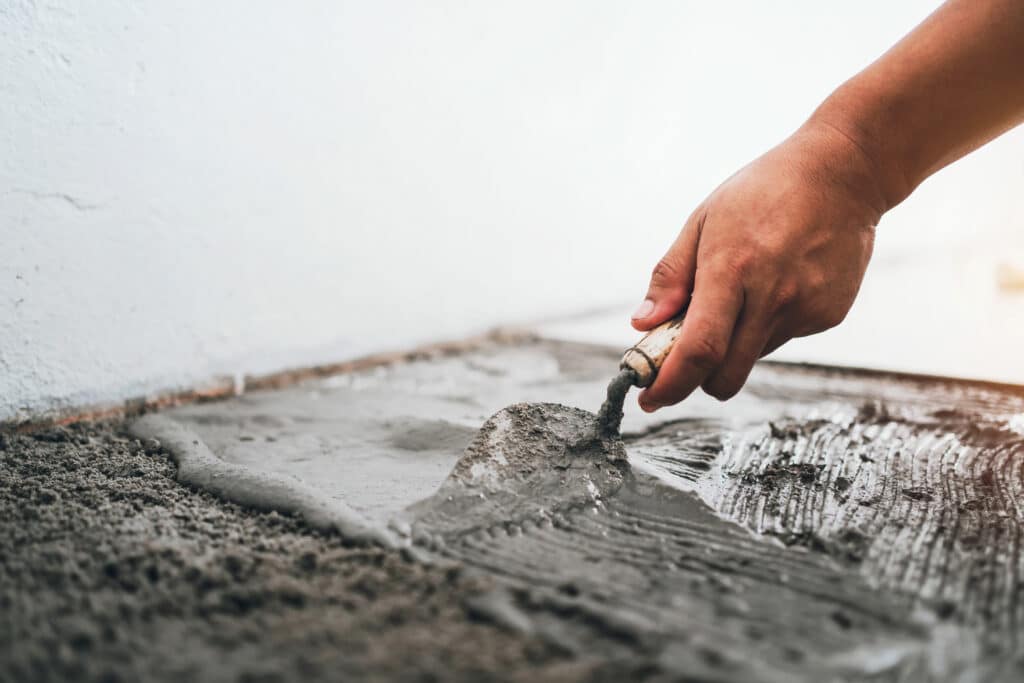Common Causes of Foundation Problems in Greenville
A home in Greenville might experience foundation issues for multiple reasons. Some are specific to the local environment, while others are widespread nationwide. They include:
- Improper modifications: Roofing or landscaping work that wasn't completed to standard could lead to your foundation settling.
- Soil composition: Soil with large clay or sand concentrations is highly expansive. In the heavy rainfall Greenville receives, the soil absorbs moisture like a sponge, then releases it in dry seasons. The constant expansion and contraction puts pressure on nearby foundations, even if the foundations keep dry.
- Standing water: Water accumulation around your home can threaten your foundation, especially when it collects in areas your gutter system doesn't protect.
- Aging plumbing: The average Greenville home construction year is 1977. If you live in an older home, it's likely to have cast-iron plumbing. When the pipes start eroding, leaking water could reach your foundation and even pool beneath it.
- Tree Roots: Tree roots can enter a home's foundation through cracks, and may create stress that results in your foundation fracturing, pipes leaking, and overall structural weakening.
How to Choose the Best Foundation Repair Company
To choose a foundation repair contractor, you should determine what's most important to you. Use this list of attributes to help you go through the process.
Licensing and Experience
According to the South Carolina Department of Labor, Licensing, and Regulation, foundation repair companies need a general contractor's license. Contractors that do not perform commercial work can pursue licensure from the Residential Builders Commission. To further understand your contractor's experience, we recommend asking questions about how the company inspects foundations, how its team will draft plans and pull permits, and what local codes apply to your project.
Contractor websites are among the best places to do your research. Usually, a business will show how long it's been in business. It might also publish other content to help prospective customers.
Customer Reviews
We suggest reviewing the company's Better Business Bureau (BBB) profile to see whether it's accredited and has a good customer review score. You can see whether other homeowners have expressed satisfaction or filed complaints. Pay special attention to what customers say about company warranties. Complaints aren't necessarily a red flag in themselves. You want to discover how a company responds to them. If the management team consistently and proactively resolves issues, it's a good sign. However, if the company lacks accreditation, has more negative reviews, and doesn't communicate properly, you should avoid working with it.
Finally, we suggest you search different websites, including Trustpilot and Google, for other reviews.
Foundation Repair Cost in Greenville
The cost of foundation repair can range quite widely based on the scale of the problems and what needs to be done to fix them. For minor foundation fracturing and settling problems, you may pay as little as $1,800. However, if there is significant destruction, the normal cost will be around $2,800. More complex jobs involving excavation, helical piers, or major concrete leveling could run you $6,800. This table shows the average foundation repair costs for common issues.
| Common Foundation Repair Services | Average Cost |
|---|---|
| Crack Repair | $335 |
| Leak Repair | $2,666 |
| Stabilization | $4,600 |
| Underpinning | $1,284 |
| Waterproofing | $2,942 |
Ready to Get a Quote on Your Foundation Repair Project?
Please enter a valid 5-digit zip code!
Frequently Asked Questions About Foundation Repair in Greenville
How much does foundation repair cost in Greenville?
What are the different types of foundations in Greenville?
What are some "red flags" indicating a foundation company to avoid?
Do I need to leave my home for foundation repair work?
To share feedback or ask a question about this article, send a note to our Reviews Team at reviewsteam@thisoldhousereviews.com.
More Foundation Resources
National Foundation Repair Ranking Methodology
Sources
U.S. Census Bureau (American Communities Survey)
















